
|
|
|
|
|
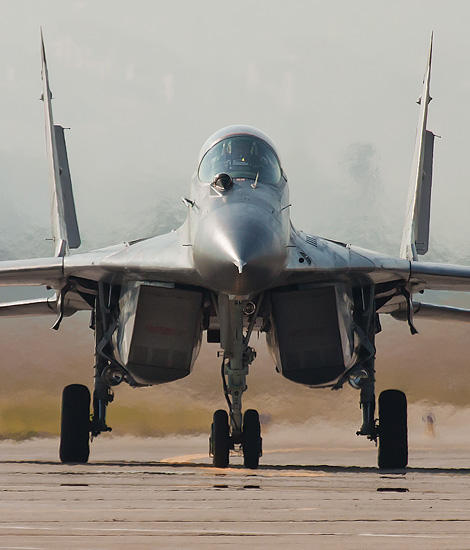
|
Bulgarian Air Force, Part 1; Plovdiv-Krumovo, September 2-4, 2011
Traces of a Turbulent Past; Text and Photograph’s by Alex van Noye
This year the Bulgarian Air Force exists 100 years. An air show is organized at Plovdiv airbase to celebrate
this unique event. This airshow took place from September 2, 2011 until September 4, 2011. During this show,
the organization takes visitors on a journey through the history of the Bulgarian Air Force.
The Bulgarian Air Force (Военновъздушни Cили, ВВС) is part of the Bulgarian Minis- try of Defense. The main
task of the Bulgarian Air Force is to protect the sovereignty of Bulgarian airspace. Additionally, the Bulgarian
Air Force has to protect ground troops of the Army in time of war. The Bulgarian Air Force has increased its
addition to international NATO exercises in the recent years. The history of the Bulgarian Air Force goes back
to the late 19th century. Two lieutenants of the Bulgarian army flew with an airship of the Frenchman Godard
from Plovdiv. Later, they advised the General Staff to build up a strong balloon fleet. On April 20, 1906,
the "Въздухоплавателно От- деление" (Aviation Division) was established. The unit became operational with
observation balloons. In 1910, the Russian engineer Boris Maslennikov was invited to come to Bulgaria with his
French Farman III. After the demonstration of this aircraft, the Bulgarian government decided to set up the
aviation corps. The officers were trained in France and returned to Bulgaria in 1912. They were the first pilots
in the Bulgarian armed forces. The importance of aircraft in achieving the final victory was immediately
demonstrated when the first Balkan war broke out. After the front line had stabilized, an airfield was built
directly behind the front lines. On October 16, the two pilots Radul Milkov and Prodan Tarakchiev flew a
reconnaissance mission over the city Ordin. This was the first operational mission, conducted by a Bulgarian
plane. Later that month the Bulgarian Aviation Corps was extended by three aviation platoons. During the war,
at least three planes were shot down. Considerable assistance was received from the Russians; they delivered
aircraft, maintenance and training. The number of deployable aircraft was low due to several maintenance problems
and the lack of training of pilots. With help of the Russians, the Bulgarians had more control over the Turks.
The deployment of aircraft brought in those days fear with ground troops. The first bombing by a Bulgarian
aircraft was conducted on November 17, 1912, when the Italian lieutenant Sabelli and Major Zlatarov dropped
two bombs on Ordin.
|
|
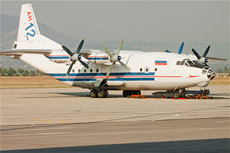
|
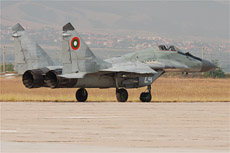
|
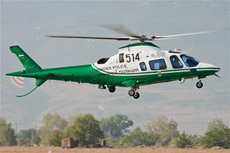
|
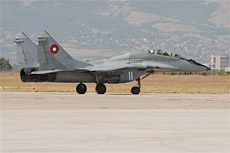
|
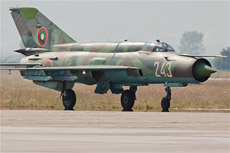
|
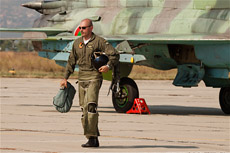
|
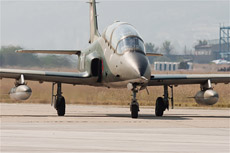
|
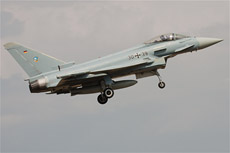
|
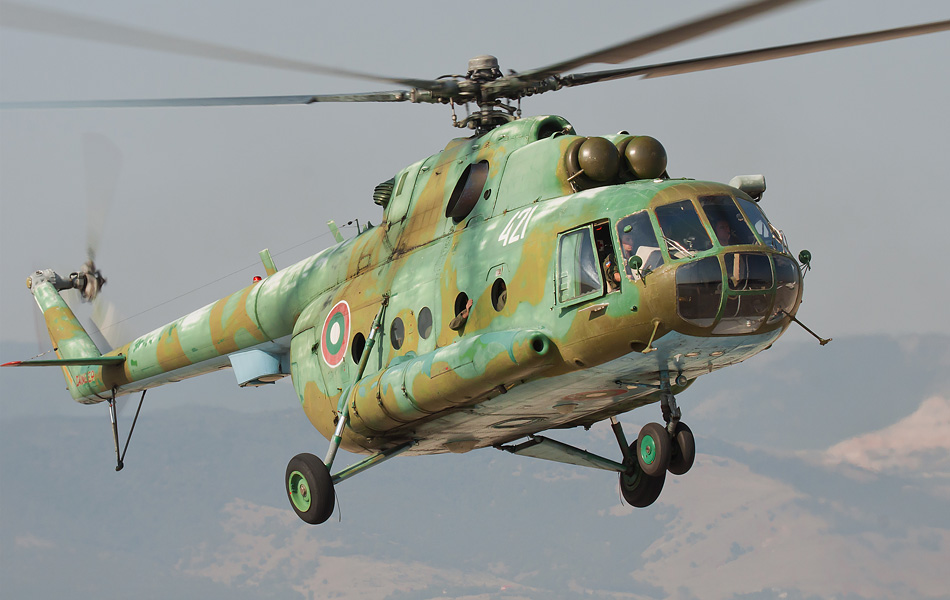
|
The Bulgarian Kingdom was involved in the First World War as an ally of the Central Powers on October 4,
1915. The aviation division of the Bulgarians was used from the airport of Kumanovo to support the advancing
Bulgarian military troops. The aviation department had flown only 11 sorties from the airport in Sofia so
far. The aviation division was again deployed to take the airports around Belitsa and Xanthi. This area was
at that time inhabited by many Bulgarians, but it belonged to Greece. Soon there were two airfields founded
in Udovo and Levunovo. The allied bombers and reconnaissance aircraft started to attack the Bulgarian ground
units at the southern Balkan front. Throughout the First World War, the Bulgarian Air Force had a steady
growth in quality of the aircraft and the number of aircraft increased. The Bulgarian air division was still
inferior to the French and British air force. On October 4, 1918, the Bulgarian tsar gave a royal decree of
demobilization. The military aircraft were only used for peaceful purposes. On November 27, 1919, the Treat
of Neuilly-sur-Seine was signed. In accordance with the Convention, it was forbidden to the Kingdom of Bulgaria
to possess operational military aircraft in any forms for the next 20 years. All Bulgarian aircraft, balloons,
avionics, weapons and ammunition were therefore destroyed under Allied control. The Bulgarians could only possess
aircraft for civilian purposes, and they were only allowed to buy planes that were built in the countries on the
winning side. In accordance with the Convention in 1920 there were 70 aircraft, 110 aircraft engines, three
balloons, 76 machine guns and air photo equipment destroyed at the military airport Bozhurishte.
After a long period, the Bulgarian Air Force was recovered in 1937. The first planes in service were: 12x Ar.65
Arado fighters, 12x Heinkel He.51 fighters, 12x Dornier Do.11 bombers and 12x Heinkel He.45B reconnaissance planes.
In a short time the Bulgarian Air Force would develop into a full-fledged air force. The Bulgarian Air Force
received relatively cheaply many modern aircraft when the Third Reich occupied Czechoslovakia. The air forces
of Bohemia and Moravia ceased to exist and the Bulgarians bought airplanes as a partner of the Third Reich. The
fleet of the Bulgarians quickly grew to nearly 500 aircraft. The Kingdom of Bulgaria joined the start of the World
War II as an ally of Germany. Bulgaria allowed the Germans to enter its territory for the invasion of Yugoslavia
and Greece. The Bulgarian air force was strengthened with the arrival of the 12th army of the German Wehrmacht.
These units helped the Bulgarians in strengthening their air defenses. There were also eight radars installed in
the country to monitor the airspace. The first air strike against Yugoslav targets was performed by four Bulgarian
Dornier Do.17Kb-1’s on April 6, 1941. The train station of Kyustendil city was attacked. More than 45 people were
killed and 95 people were injured, these were mostly civilians. In the coming period, Bulgaria was often attacked
by British units which flew from Greece. The Bulgarian troops surrendered at the end of this period in the occupied
territories of Yugoslavia and Greece. There was an agreement with the Third Reich on the withdrawal from these areas.
As part of the joint armed forces, there were 9 Dornier Do. 17M bombers brought to Greece to Badem Chiflik to the
airport of Kavala. This area was still occupied by the Germans. These aircraft were given the task to fly ASW
patrols over the Aegean Sea during to protect Italian ships. In addition, the unit flew recon- naissance missions
in the interest of the ground forces. The Bulgarians also possessed a small amount of Messerschmitt Bf-109 aircraft.
The planes flew from airfields in Sarafovo and Balchik. At the end of 1941 the Bulgarian air force had 609 aircraft
in service of more than 40 different types. After the World War II, a few more quiet years followed for the
Bulgarian Air Force. It would not take long before the Bulgarians joined the Warsaw Pact.
|
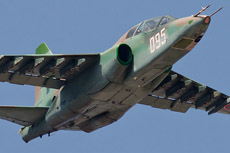
|
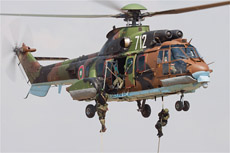
|
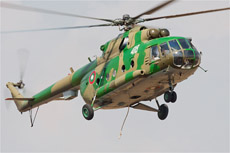
|
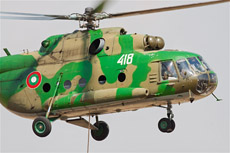
|
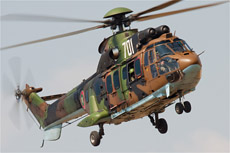
|
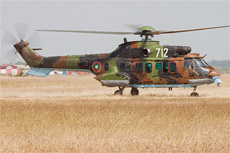
|
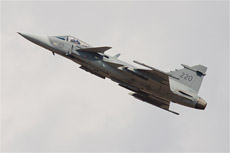
|
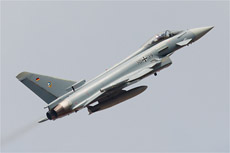
|
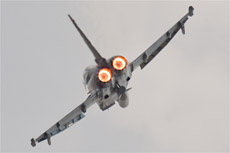
|
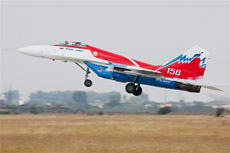
|
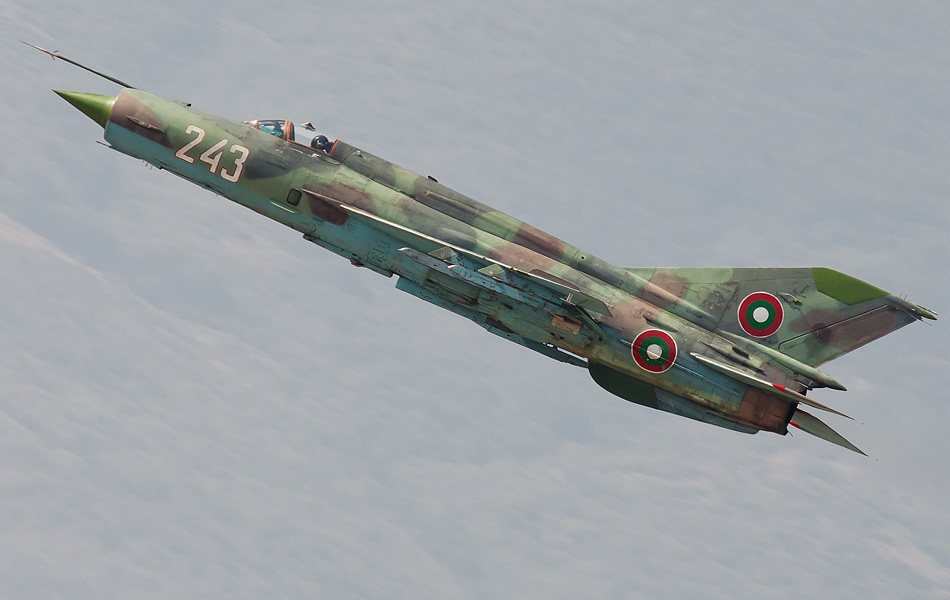
|
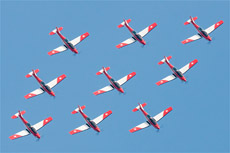
|
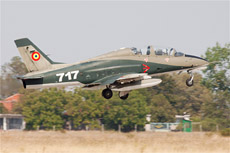
|
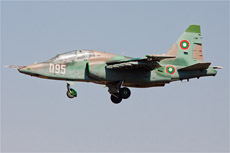
|
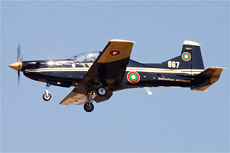
|
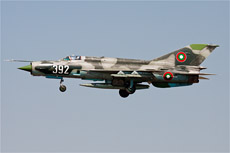
|
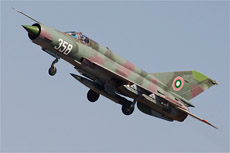
|
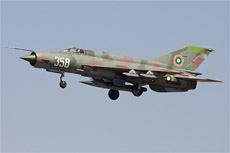
|
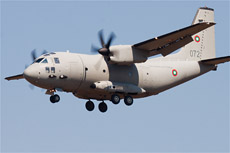
|
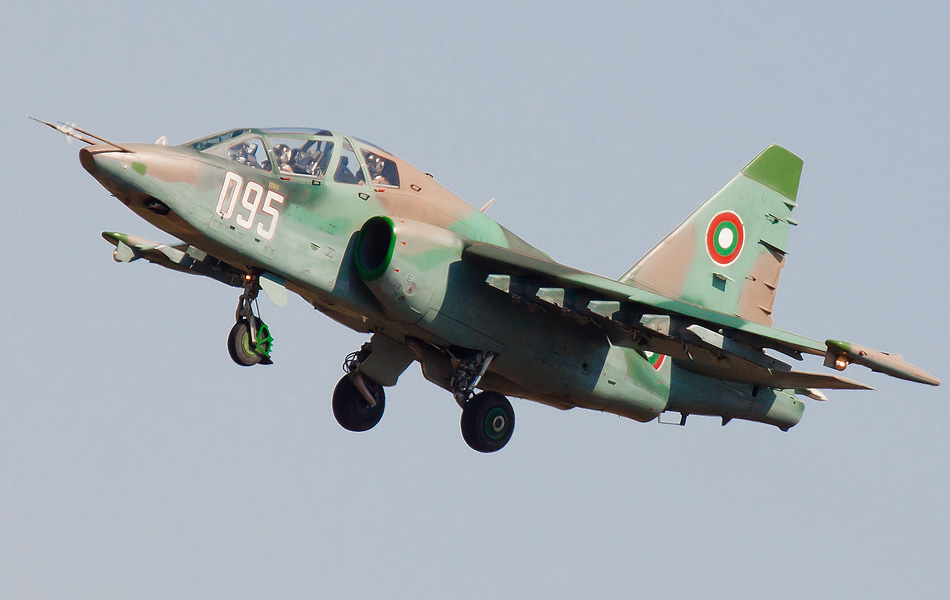
|
|
|

|







